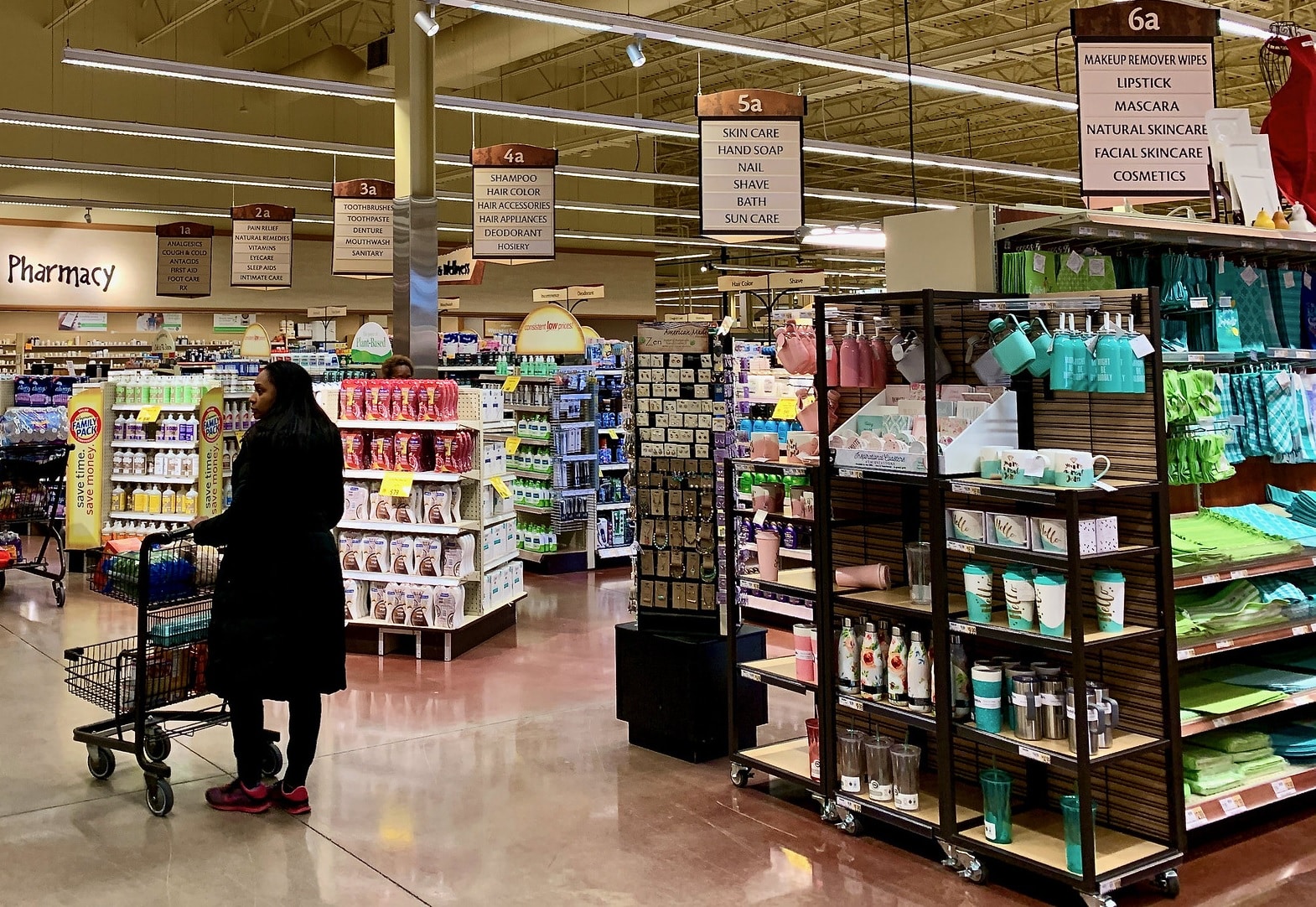
When prices are rising and promotions are lacking, you’ve got to get creative in how you look to save money on your groceries. That’s what shoppers are saying in a couple of recent surveys.
The market research company CivicScience has found that an overwhelming 93% of grocery shoppers have noticed higher than usual prices lately. 80% are feeling the pinch in the meat department, while 69% have noticed significantly higher prices for produce, with 68% saying the same about dairy products.
A separate survey from Advantage Sales finds that nearly half of all shoppers say they’re spending more money on groceries overall, with nearly a fifth saying they’re spending “much more.”
So what can you do when prices are rising but your grocery budget isn’t?
“America’s grocery shoppers are exploring their store options, reworking shopping lists and opting for products on promotion,” Advantage Sales found.
70% of respondents in the CivicScience survey said they’ve recently changed how they shop for groceries. More than half are looking for sale items more than usual. 38% are buying more store brand products, 24% are using coupons and 23% are buying more groceries at discount stores.
The Advantage Sales survey found that nearly half of all shoppers are buying more items on sale or with a coupon, making that the number-one money-saving strategy. 45% are buying fewer treats and indulgences, while four in ten are choosing cheaper brands.
So far, these savings strategies seem pretty consistent and sensible. But when it comes to where people shop and how much they buy, these two surveys show that shoppers’ money-saving methods seem to diverge.
According to the Advantage Sales survey, more shoppers are switching stores to take advantage of lower prices. Nearly half say they’re shopping more at a superstore like Walmart, with a third shifting to traditional grocery stores with lower overall prices, a fourth going to club stores more often and just 15% buying more at dollar stores.
The CivicScience survey, however, found that the number of shoppers who choose to get their groceries at a superstore has stayed fairly consistent, while fewer are shopping at traditional grocery stores. More people say they’re shopping at specialty grocers like Trader Joe’s, or club stores like Costco.
And shoppers can’t seem to agree whether buying a little at a time at a discount store, or buying in bulk at a club store, is the best money-saving tactic. Advantage Sales’ survey found that a fifth of all shoppers are buying larger packages of products they’d normally buy – while another fifth say they’re buying smaller packages or quantities than usual.
“Our research shows nine out of ten manufacturers plan to take price increases this year, and half of retailers say they’ll be passing along at least 90% of those price hikes,” Advantage Sales executive vice president of analytics, insights and intelligence Kimberly Senter said in a statement. “At the same time, manufacturers have been cutting their investments in promotions. With shoppers turning to products on sale and discounted with coupons, it’s time brands — especially those positioned as premium or indulgent — reconsider.”
This is not the first time a market researcher has warned manufacturers and retailers against complacency, or advised them to offer more deals and discounts to attract and retain customers. The question is whether shoppers’ favorite manufacturers and retailers are listening – or whether shoppers will be forced to get more of their groceries from those who are.
Image source: F Delventhal













